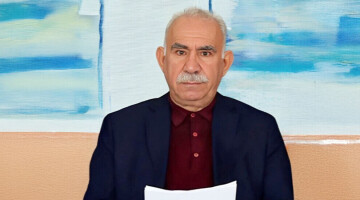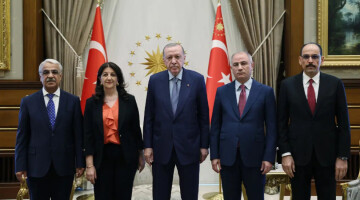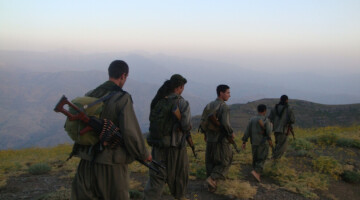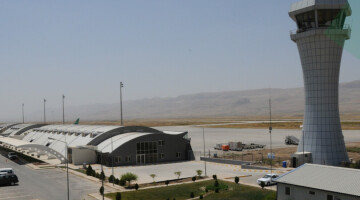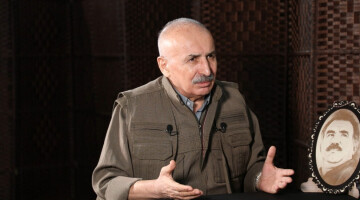Human Rights Watch (HRW) released a detailed statement regarding March 14's attack by so-called 'Rojava Peshmergas' on civilians joining a peaceful march in Shengal against their presence.
Kurdistan Regional Government (KRG) armed forces fired rubber and live bullets and teargas canisters at protesters in Shengal on March 14, 2017, killing one person and wounding at least seven, Human Rights Watch said today, and called on KRG authorities to investigate the use of lethal force against the protesters.
Three protesters told Human Rights Watch that they and the other protesters were unarmed and peaceful when the Rojava Peshmerga forces, Syrian fighters integrated into a unit under the KRG’s Interior Ministry and stationed in Shengal, opened fire. They said some protesters threw rocks at the Rojava Peshmerga forces, but only after armed forces opened fire. One Rojava Peshmerga commander told Human Rights Watch on March 26 that a small number of protesters were armed and fired live bullets which caused the death and injuries, but this was contradicted by the other witnesses.
“We have not seen any evidence that military forces in Shengal had a legitimate reason to fire on protesters, who presented no apparent risk to their lives or others,” said Lama Fakih, deputy Middle East director at Human Rights Watch. “The government should urgently investigate this apparently unwarranted use of deadly force.”
Human Rights Watch noted that they have been unable to find any public statement by the authorities about the incident or explaining the use of force.
The three protesters told Human Rights Watch that on March 14, at about 10 a.m., hundreds of protesters, including women and children, gathered near Khanasor, a town in Shengal under the control of the Kurdistan Workers’ Party (PKK). They were protesting the presence of the Rojava Peshmerga, a military force attached to the leading party in the KRG, the Kurdistan Democratic Party, in the area since it was retaken from the Islamic State (also known as ISIS) in late 2015.
The protesters said they travelled as a group in cars from Khanasor toward the neighboring town of Sinune, where a larger number of Rojava Peshmerga were stationed. At about 11:45 a.m., the protesters said, they approached a berm where the Rojava Peshmerga were stationed, with women in the lead, chanting against their presence. When some of the protesters were about 10 meters from the berm, about 10 fighters out of about 200 who were stationed there started firing tear gas canisters, which lasted about 15 minutes. The protesters said they and others didn’t pull back or respond with violence, but about 10 minutes later, without any warning, the fighters fired live bullets to disperse the crowd.
One protester, Haji Hassan, said that he saw four protesters fall to the ground after being shot, including Naze Naif, 21, who he said had a bullet hole in her head and died on the spot. Another protester said he was only a few meters from Naif when she was shot, and he grabbed her and carried her with the help of others to a car. He said he saw another protester, a 25-year-old man, shot in his left leg, one young woman shot in her right hand, and another in her right leg. The protesters provided Human Rights Watch with the names of four other demonstrators who were wounded and a description of their injuries.
Soon after the death of Naif, the protesters said, a number of security vehicles arrived and about 10 riot police joined the Rojava Peshmerga. At that point, two of the protesters said, they saw about 10 protesters start throwing stones at the riot police, but then the crowd dispersed very quickly. The Rojava Peshmerga commander who spoke to Human Rights Watch said that his forces called for backup from the riot police once protesters arrived and that the protesters then started throwing stones at the riot police, who responded by firing rubber bullets, but that this did not lead to any casualties.
HRW stressed that the government should ensure that arbitrary or abusive use of force and firearms by law enforcement officials is punished as a criminal offense. Superior officers should be held responsible if they knew or should have known that personnel under their command resorted to the unlawful use of force and firearms but did not take all measures in their power to prevent, suppress, or report such use.
“KRG authorities should ensure all armed forces engaged in law enforcement duties are not using excessive force, especially lethal force, and hold accountable those who do, including commanders,” Fakih said.





